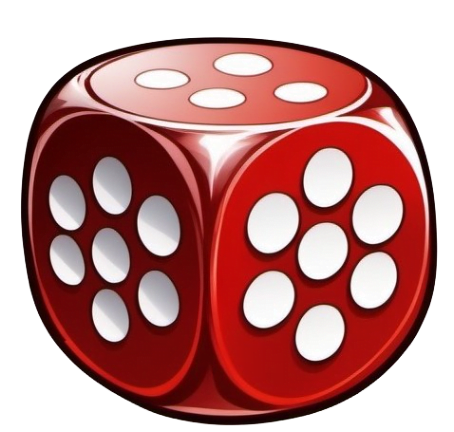Landyland (1998) Board Game
Landyland is a board game released in 1998, designed by Phil Foglio and published by Cheapass Games. It falls under the categories of Abstract Strategy, Card Game, Fantasy, and Humor. The game is designed for 3-6 players, with the ideal player count being 4. Players must be at least 10 years old to enjoy this game.
Game Components of Landyland
How To Setup Landyland
To set up Landyland, players simply need to place the game board in the middle of the playing area and distribute the tokens among the players. The rules are straightforward and printed on the board, making setup quick and easy.
Gameplay Mechanics and Game Objective
Player Experience
Landyland is designed to be a fun, simple game that is easy to understand and play. It is particularly suited for young children or those looking for a light, casual gaming experience. The game’s reliance on color recognition makes it accessible to a wide range of players.
Pros
Cons
Personal Thoughts on Landyland
Landyland is a game that is best suited for families with young children or for groups looking for a very casual gaming experience. It is not designed for serious gamers or those seeking complex strategies. The game’s simplicity and ease of play make it a good introduction to board games for children, but it may not hold the interest of older players for long.
We are supported by our audience. When you purchase through links on our site, we may earn an affiliate commission, at no extra cost for you. Learn more.

